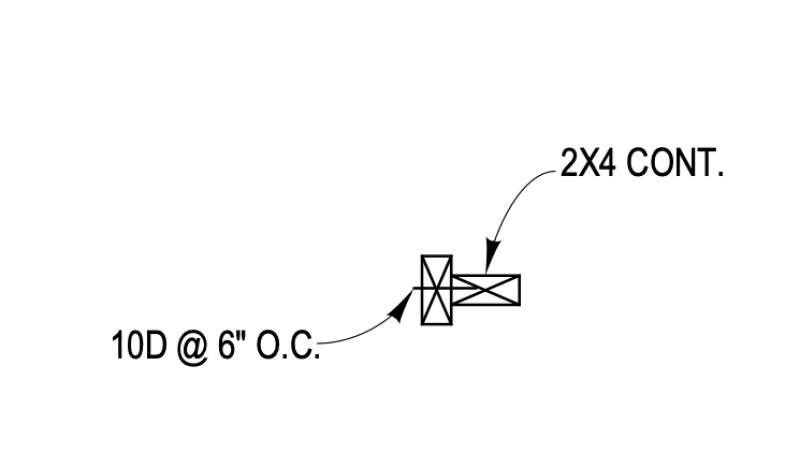To determine the capacity of this slender post (without getting into composite action), would you consider it as the twice the capacity of a single stud with strong axis buckling as the limiting factor. (i.e the weak axis is braced to equal the strong axis)


